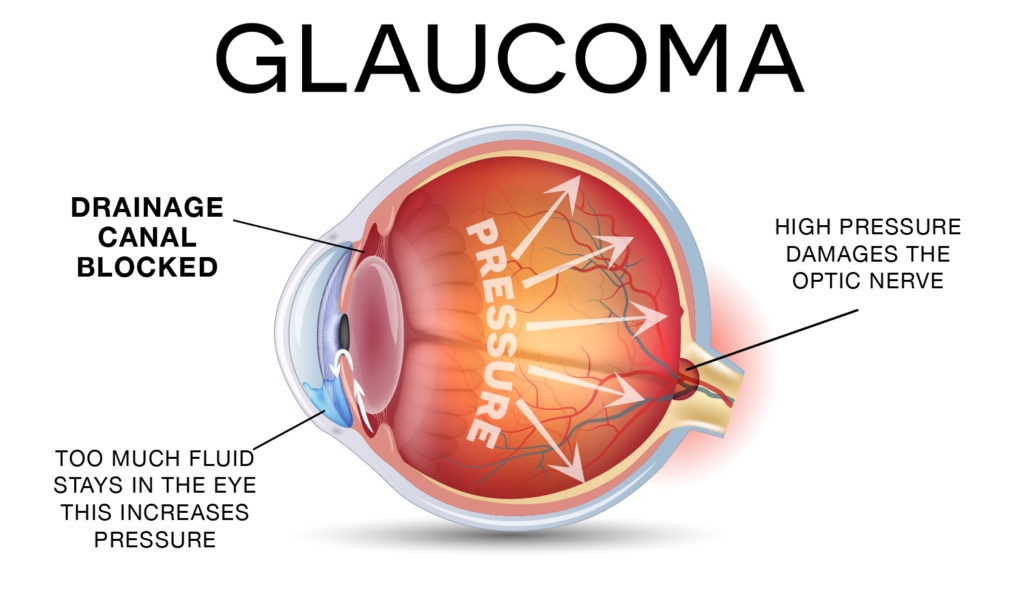Do You Recognize the Early Warning Signs of Glaucoma?
Do You Recognize the Early Warning Signs of Glaucoma?

In India, Glaucoma is the leading cause of irreversible blindness with at least 12 million people affected and nearly 1.2 million people blind from the disease. More than 90 percent of cases of glaucoma remain undiagnosed in the community. Glaucoma prevalence increases with age.
Learn more about the early warning signs of glaucoma.
Signs of Glaucoma
March 8-14th 2020 is Glaucoma Awareness week and the perfect time to create awareness for the disease, considering early-stage glaucoma has few, if any, symptoms.
Seniors are at high risk for glaucoma, which is why it’s of critical importance to get regular eye examinations from an optometrist, particularly if you or your loved ones show any early warning signs or are in a high risk group.
Glaucoma is a group of diseases that affect the optic nerve and lead to permanent vision loss. Different types of glaucoma present alternate warning signs — and sometimes there are no symptoms, particularly in open-angle glaucoma, the most common form of the disease.
However, if you experience any of the following symptoms, you should seek immediate help:

1. Loss of peripheral or side vision.
This is usually the first sign of vision loss due to glaucoma.
2. Seeing halos around lights.
If you see rainbow-colored circles around lights or are unusually sensitive to light, it could be a sign of glaucoma.
3. Vision loss
Especially if it happens suddenly.
4. Redness in the eye
Sometimes accompanied by pain, which may be a sign of injury, infection, or acute glaucoma.
5. Eye that looks hazy
A cloudy-looking cornea is the most common early sign of childhood glaucoma.
6. Nausea or vomiting
Especially when it accompanies severe eye pain.
7. Pain in the eye and in the head
This often occurs in angle-closure glaucoma, a type of glaucoma which can develop quickly.
8. Narrowing of vision (tunnel vision)
You may start to lose vision around the edges of your visual field.
Who is at Risk for Glaucoma?
One of the keys to glaucoma prevention is knowing whether you or your loved ones are at increased risk. Those with a higher risk should get a complete eye exam every one to two years, recommends the Glaucoma Research Group.
You may be at risk for glaucoma if you:
1. Are of African-American, Asian, Hispanic, Inuit, Irish, Russian or Scandinavian descent.
2. Are over age 40, and particularly if you are over age 60.
3. Have diabetes.
4. Have a family history of Glaucoma.
5. Have hypertension or extremely low blood pressure.
6. Have had an eye injury in the past.
7. Have poor vision, particularly if you have extreme near-sightedness or a very thin cornea.
8. Take certain steroid medications, such as prednisone.
Though most types of glaucoma cannot be prevented, early detection and ongoing monitoring of eye health can limit the vision loss caused by the disease.
Stay aware of the risks and symptoms, and “keep an eye” on your visual health.